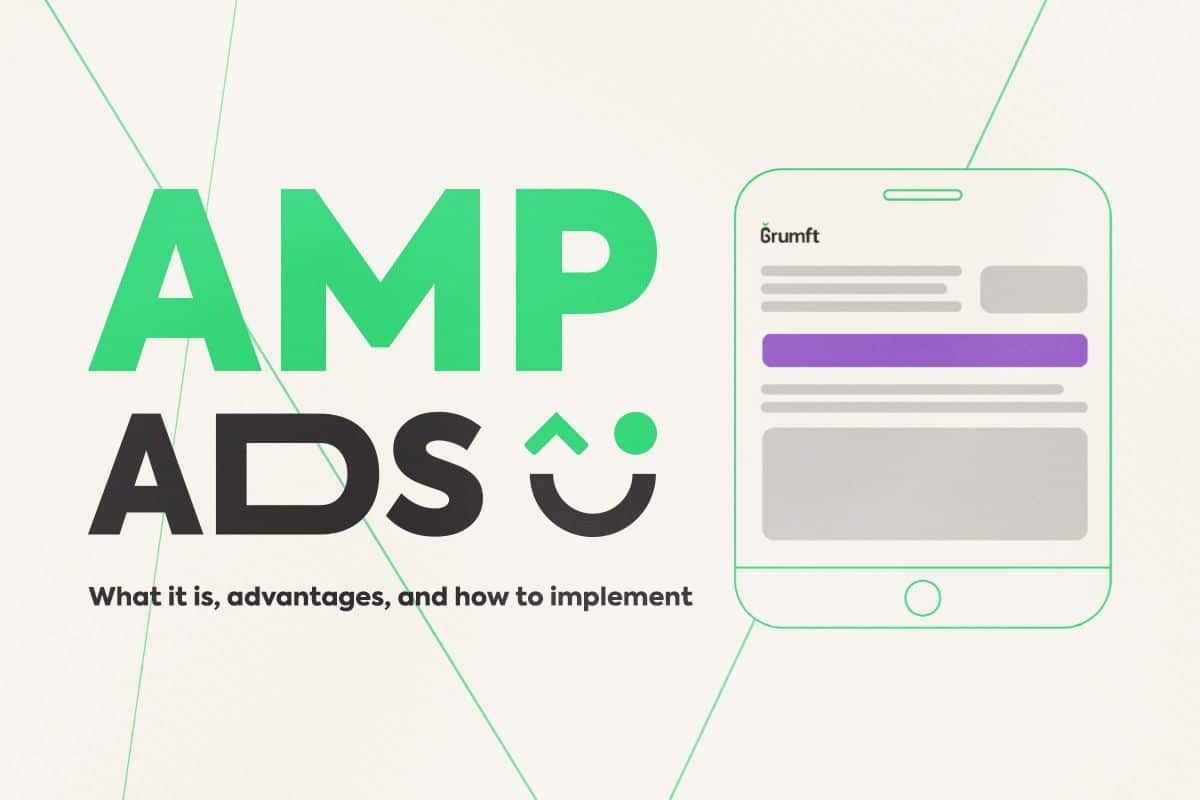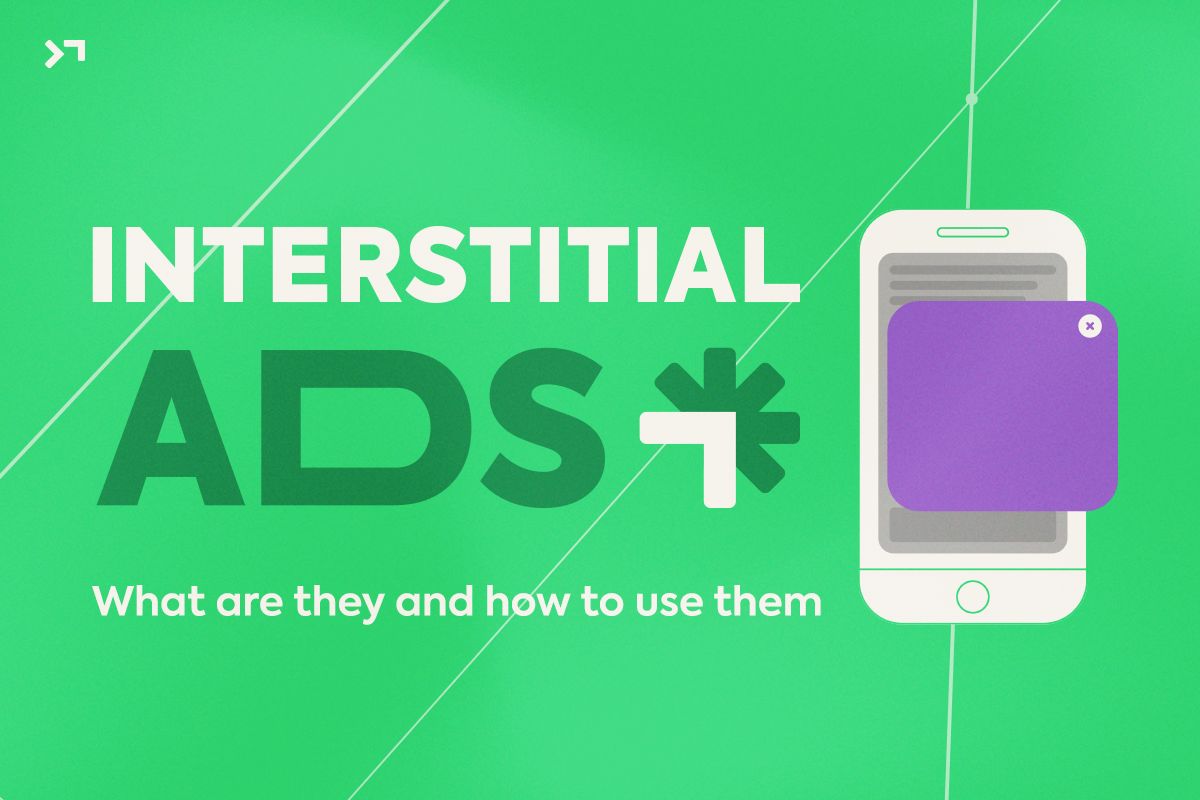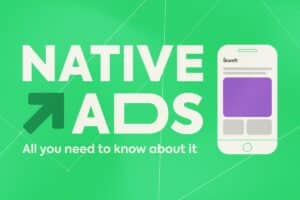HTML Ads for AMP, also known as AMPHTML Ads, load website pages asynchronously on mobile browsers, making them faster. Primarily used by news sites, Google introduced this HTML code idea in 2015.
If you’re a Grumft ad partner, welcome to our blog. If not, we hope this content motivates you to explore our exclusive programmatic solutions for publishers and advertisers. In this article, you’ll learn what HTML Ads for AMP are, their advantages, and how to implement them on your site.
Index
What are HTML Ads for AMP?
First and foremost, you need to understand what HTML for AMP means and its purpose. AMP stands for Accelerated Mobile Pages, an open-source technology by Google aimed at improving mobile web performance.
As most people use smartphones for browsing, slow mobile internet in Brazil causes potential visitors to leave if a page takes over 3 seconds to load. It’s crucial to ensure web pages are mobile-friendly and that the site’s content, including texts, images, and ads, loads quickly.
So, what exactly are AMPHTML Ads?
HTML Ads for AMP are fast, lightweight, secure, and display only after validation. While traditional HTML ads are compatible with AMP pages, they usually take longer to load, whereas AMPHTML ads load as fast as the rest of the AMP page.
AMPHTML ads appear across the web, not just on AMP pages. Written in HTML for AMP following the AMP HTML ad specification (a variant of HTML for AMP + CSS), AMPHTML ads don’t execute custom JavaScript, a major cause of ad performance issues.
Difference between HTMLAMP and HTML5 ads
HTML5 or traditional HTML ads use standard HTML, CSS, and JS to create ad creatives. Without a predefined library for coding, there’s no verification process, unlike HTML Ads for AMP, where each ad is validated by AMP servers.
Benefits of HTML Ads for AMP
HTML banner ads for AMP benefit publishers, advertisers, technology platforms, and users. They are fast, secure, high-performing, providing an excellent ad experience, more views, and greater trust. Key benefits include:
- Reduced file size for faster rendering speed.
- Pre-verified before serving to prevent malware and ensure a safe user experience.
- Faster ad views leading to higher click-through rates as users instantly see loaded ads.
- Compatible with any device, including non-AMP and AMP pages.
- Malware-free ads result in higher ROI for campaigns.
To create a banner using HTML for AMP, there are two options:
- Code the banner from scratch using a text editor: Follow the AMP HTML ad specification, including validation rules and format. Learn more about AMP HTML ad specifications on the AMP website.
- Creation tools: Many tools enable creating HTML banner ads for AMP without coding knowledge. Google Web Designer is one such tool, but there are limitations.
Validating AMP documents
There are several ways to validate an AMP document, all producing the same result. Choose the one that suits your development style.
Besides AMP validation, you may want to confirm if your AMP document is discoverable by third-party platforms. Get more details on validating your HTML AMP banner on the AMP website.
HTML Ads for AMP formats
HTML ads for AMP support graphical, native, and video ad formats. AMP aids publishers in displaying ads faster on desktop and mobile devices. Key formats include:
Carousel: Auto-playing ad that appears only when in the user’s viewport.
Parallax: Interactive ad played only when the user clicks on it.
Lightbox: Covers a web page’s background with a banner/video, showing only a section of the ad while browsing and expands when clicked.
Best practices for AMP ads
Consider these tips to maximize ad effectiveness on your pages:
AMP with Header Bidding
HTML AMP allows publishers using header bidding to define AMP ad channels via Real-Time Config (RTC). Set AMP ad requirements before sending requests to the ad server, maximizing ad revenue.
Activate AMP on your site
Since HTML AMP ads also work on non-AMP pages, you can activate AMP even if your site is optimized with Core Web Vitals, providing a better experience for users, especially smartphone users.
Choose demand partners wisely
Partner with ad networks and servers that support AMP ads and monitor their performance. Adjust prices accordingly and ensure selling AMP inventory through direct and programmatic channels.
Test ad formats
As ad experience is crucial for revenue maximization, experiment with different channels and formats, avoiding intrusive ads while ensuring viewability standards.
By following these practices, demand pressure increases, while users enjoy a premium browsing experience.
Core Web Vitals and AMP
Google constantly encourages webmasters and publishers to eliminate or minimize non-essential elements to speed up user experience.
AMP pages and Core Web Vitals exemplify this incentive. If you find it challenging to develop in AMP, Core Web Vitals is an option. Learn how to optimize your site’s Core Web Vitals in this article.
However, if you prefer maintaining your AMP pages, know that Core Web Vitals scores apply to them as well. Using AMP reliably ensures a high Core Web Vitals score.
However, other factors might hinder pages from meeting parameters, such as slow server response times, unoptimized images, and heavy files, making any page slower. Additionally, not all pages can be AMP versions, such as the Menu and home pages.
HTML Ads for AMP with Grumft
In summary, there are many benefits to using HTML Ads for AMP on your site. Moreover, they are header bidding compatible, easy to implement, reliable, and offer simplified management with multi-dimensional visuals.
Grumft’s AMP ads have the potential to increase your revenue by exploring EBDA and AdX demand. Furthermore, we support fixed ads, resulting in more revenue opportunities. Contact our experts and count on us to support you on this journey.





